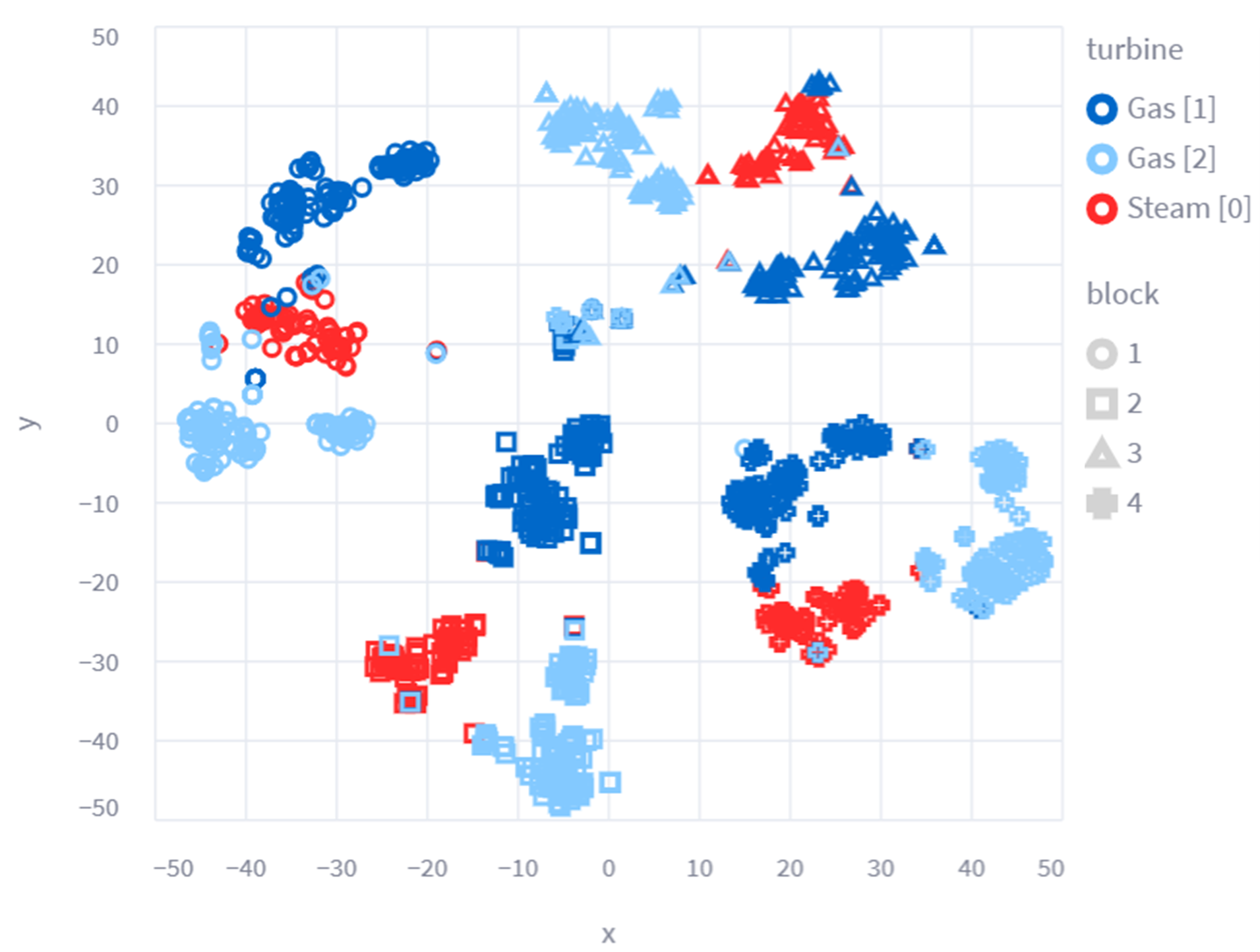Lucas Weber
Lucas Weber, Dipl. Ing.
Lucas Weber ist seit April 2022 wissenschaftlicher Mitarbeiter an unserem Lehrstuhl.
General Information and Interests
From classical signal processing to pattern recognition and machine learning in time series, I just love working with time series.
My research covers different topics from Knowledge Discovery and Mining:
- Signal Processing
- Machine Learning and Pattern Recognition for time series
- Change Point Detection in sensor signals
- Applied Machine Learning
- Robust Machine Learning
- Knowledge Discovery in Industrial Datasets
My primary interest lies in applying machine learning and pattern recognition techniques to sensor signals and knowledge discovery in time series sets.
Publications
2025
- , :
Relationship Discovery for Heterogeneous Time Series Integration: A Comparative Analysis for Industrial and Building Data
BTW2025 - Datenbanksysteme für Business, Technologie und We (Bamberg, 3. März 2025 - 7. März 2025)
In: BTW2025 - Datenbanksysteme für Business, Technologie und Web, Bonn: 2025
DOI: 10.18420/BTW2025-22
BibTeX: Download
2023
- , :
Machine learning in sensor identification for industrial systems
In: it - Information Technology (2023)
ISSN: 1611-2776
DOI: 10.1515/itit-2023-0051
BibTeX: Download
-
Data Driven Relationship Discovery in Large Time Series Datasets
(Drittmittelfinanzierte Einzelförderung)
Laufzeit: 1. April 2022 - 31. März 2025
Mittelgeber: Siemens AGModern complex systems, such as power plants or other industrial structures, combined with the rise of IoT and Industry 4.0, produce thousands of time series measuring different aspects within these systems. As time series measure the state of these complex systems, the correct identification and integration of these time series are key to enabling advanced analytics and further optimization. As acquiring contextual information about each time series and their relations is currently a time-consuming and error-prone manual process, techniques to support or even automate this process are in high demand. While there are different available metadata formats, such as Brick, this metadata often is not available for all data sources and is not commonly used for all systems. Integrating time series at scale requires efficient algorithms and robust concepts that can deal with the heterogeneity and high volume of time series from different domains.
Additional Applications and Outcomes:
Changepoynt Python Package
Changepoint correlation heavily relies on suitable changepoint detection algorithms, many of which were implemented from research papers within a pip-installable package "changepoynt" (https://changepoynt.de). Changepoint detection, a critical task in time series analysis, identifies abrupt shifts or transitions in data patterns, offering insights into underlying phenomena. Developed with flexibility and scalability in mind, "changepoynt" integrates a range of state-of-the-art methods for changepoint detection, empowering researchers across domains to efficiently analyze and interpret their data.
CATCH: Contextual Anomaly Tracking with Changepoint Detection
Together with a research partner from the industry, we basically use the inverse of our idea of relationship discovery to detect contextual anomalies. The hypothesis of the project states that signals, which should have relations (e.g. Input-Output measurements of a dynamical system), behave anomalously if they stop showing simultaneous changes. In contrast to classical anomaly detection methods, change point anomaly (the comparison of multiple changepoint signals) is mainly targeted at contextual anomalies, where two signals are measuring the same component, and consequentially should change at similar times when the plant changes operational status. In case the signals change separately, a contextual anomaly occurs. While the methods are available in theory, the project is necessary to test the applicability, feasibility, and correct parametrization of the methods for selected use cases. A demonstrator for a two-dimensional case can be found under https://anomaly.changescore.de/ and for the multi-dimensional case under https://heatmap.changescore.de/.
Projects
Darts: Data-driven Relationship Discovery in large Time Series Datasets
Our current research project concerns the identification of sensor signals from complex industrial systems in collaboration with Siemens Energy. Some of the techniques used in this project are available as the Python-Pip package https://github.com/Lucew/changepoynt.
Check the project website for an abstract: DARTS
Additionally, you can find more information and some working demonstrators under:
https://anomaly.changescore.de/ – The 2-D comparison of the change score of two signals. Enables to find regions, where the two signals change independently. Under the assumption that they are connected, this could be interesting.
https://heatmap.changescore.de/ – The N-D comparison of the change score of multiple signals. Enables finding regions, where several signals change independently. Under the assumption that they are connected, this could be interesting.
https://demo.changepoynt.de/ – Demonstrator for different change point methods implemented in our package.
https://changepoynt.de/ – The website of the package developed at the chair.
Example for Change Point Detection using the Changepoynt Package:

Signal Clustered by their Relationship within a power plant:

Teaching
I tutor for the Knowledge Discovery in Databases (KDD) lecture. Contact me if you have any questions regarding the exercise.
Open Topics
There are always several available topics for interested students and interested third parties. You can find the open topics at our chair listed under: https://www.studon.fau.de/cat5492144.html
If you are on this page and have open topics related in any way to the fields listed above, get in contact using any of the contact information listed above. I would love to hear from you.
Send me an E-Mail for more information about the topics. I’m also often looking for (paid) student assistants. Other topics can always be discussed.
Unfortunately, I have received a lot of very generic emails. While I understand your thesis is important to you, I would appreciate it, if you tailor the mail to the chosen topic. Thank you!
Miscellaneous
I’m also a tutor for the Exercise in Knowledge Discovery in Databases held in the summer semester. If you have any questions regarding the exercise, also get in contact with me.
Additionally, I’m always interested in sensor time series data sets. If you have open topics in the direction of pattern recognition and machine learning on sensor data, get in touch. I enjoy working with this data a lot.

